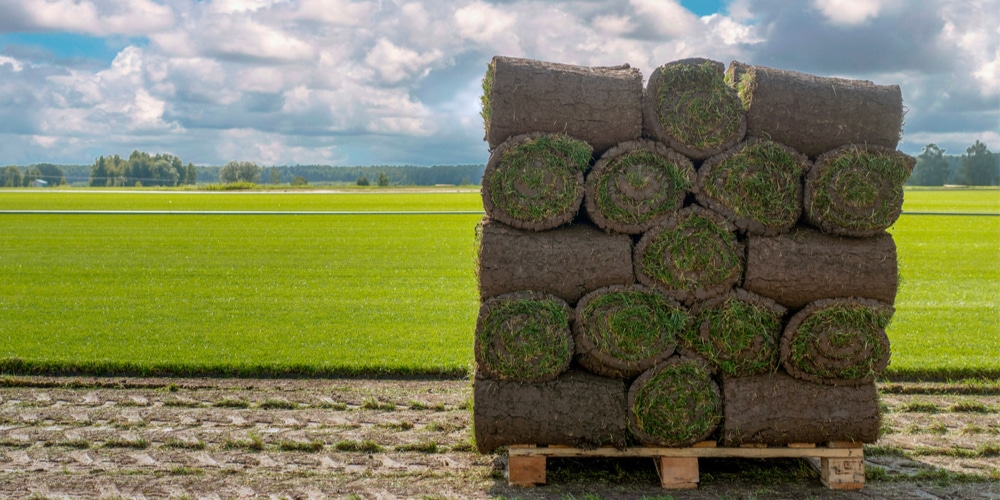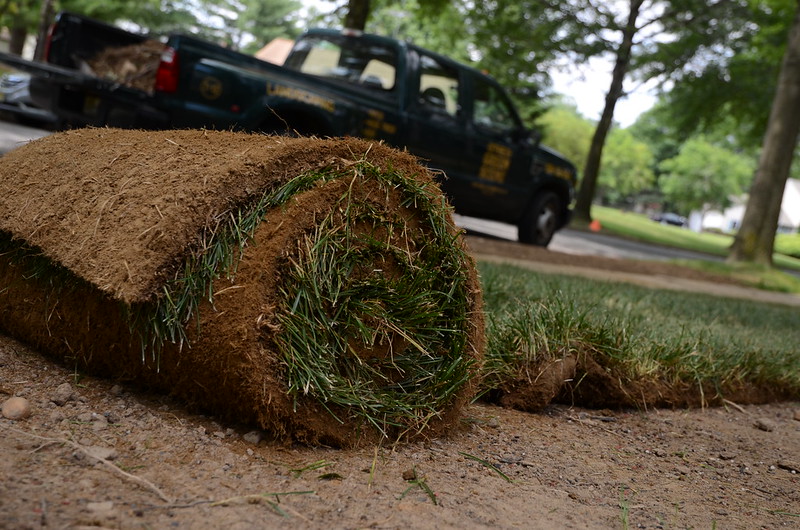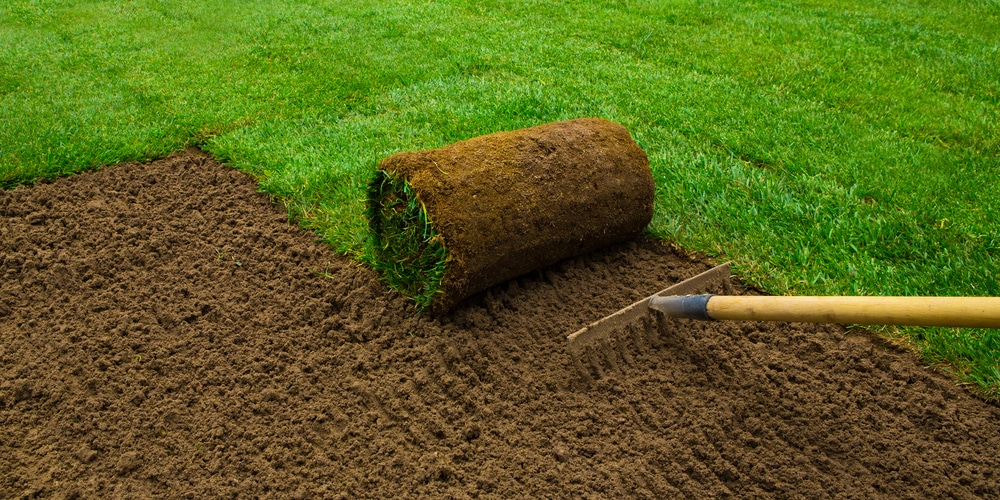If you are considering adding sod to your lawn, you may be wondering how long it will last. Sod is a type of grass cut from a larger turf and then transplanted to your yard. You may be wondering, ‘how long does sod last?’
It is a popular choice for new lawns or for repairing patches of damaged grass. It should basically last forever and won’t need to be replanted, as long as you buy top-quality turf and take good care of it.
In that case, then, the right question should be, “How long does sod last after being cut?” To find out the exact answer, stick around as this article will explore everything you need to know about sod.
What is Sod?

Sod is simply grass that is cut from a larger piece of turf and then transplanted to your yard. Sod is typically made up of the grass itself, and the soil layer beneath it. The soil and grass normally don’t separate since the roots of the grass are interwoven with the soil.
In some cases, nonetheless, a thin biodegradable material layer is used to hold the grass and soil together to facilitate easy transportation and installation.
If you are looking to establish a new lawn or even repair patches of damaged grass, then sod may be the best option for you.
How long does sod last after being cut?
Technically, cut sod will last anywhere from 12 hours to five days before it starts to die. The amount of time you have to lay the sod will depend a lot on the weather and the time of year.
If you can, it’s best to lay the sod as soon after the delivery (same-day installations are recommended). In cases where you have to wait a day or two, try to store the sod in a cool, shaded area to keep it from dying prematurely.
Should you wait too long and your sod starts showing signs of decomposing or dying, you may have no option but to throw it away and start over again with fresh sod. The main sign of decomposition is a black, slimy inside or rolled sod. This may be accompanied by an unpleasant, fusty odor.
There are some cases, however, when your sod becomes slightly yellow with traces of green and has just a slight smell, if at all. In such cases, your grass is okay and should recover as long as you lay it almost immediately, and water it.
You can also put some fertilizer on it, and give it about a week to recover. If there are some sections that did not recover, you can always apply seed to renew them.
What factors accelerate the decomposition rate of sod
While it’s possible to store sod in rolls for several hours; a number of days even, it’s not recommended. That’s in consideration that it will start to heat up and decompose, especially if you expose it to direct sunlight.
The rate of decomposition of fresh sod is dependent on the following factors:
- Humidity level
- Last fertilization
- Soi composition
- Ground and air temperature
- Degree of sunshine exposure
Before purchasing sod, you should ensure that you do the following, to reduce the amount of time that you need to lay the sod:
- Prepare your soil early enough
- Get enough labor to lay the sod in a day
- See to it that you have sprinklers at the ready
- Make sure that you have completed all your hardscaping
- Ensure that you have all of the tools you need to install the sod
How to prevent sod rolls from overheating
The main reason why your sod rolls decompose faster is due to overheating. Fortunately, there are a few things that you can do to keep your sod from overheating and, consequently, decomposing.
Here are some tips on how to keep your sod rolls from overheating:
1. Don’t water rolled up sod
It may look like a good idea to water your sod rolls so that they won’t overheat. This, however, only fuels the heating process. That’s because the grass continues to grow and releases nitrogen. The released nitrogen causes the temperature of rolled-up sod to rise, indirectly killing the grass.
2. Break down your sod pallet
If possible, it’s best to break down your sod pallet and lay out the rolls while ensuring that they are elevated. Doing so will help increase airflow, which will, in turn, help keep the sod from overheating.
3. Pick a shady location for your sod
When storing your sod, it’s important that you choose a location that is cool and shady. That way, the sod won’t overheat, and thus the grass won’t die prematurely.
How long does sod last: Conclusion
So, how long does sod last? You now know that cut sod lasts optimally for only 12 hours and not more than 5 days, even in cold temperatures. You also know that there are a number of factors, such as humidity levels, fertilization, and exposure to direct sunlight, that can accelerate the decomposition rate of sod.
With that information in mind, you should make it a top priority to lay your sod as soon as possible after taking delivery. If you can’t, be sure to store it in a cool and shady place.
Related article: Can You Put Sod Over Grass?

